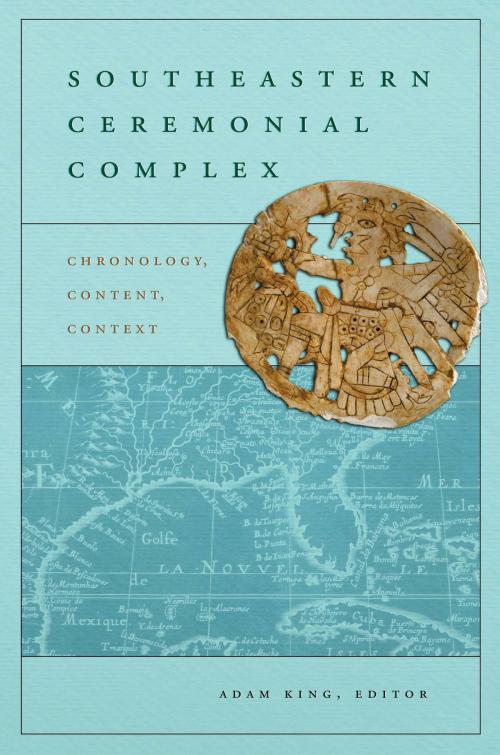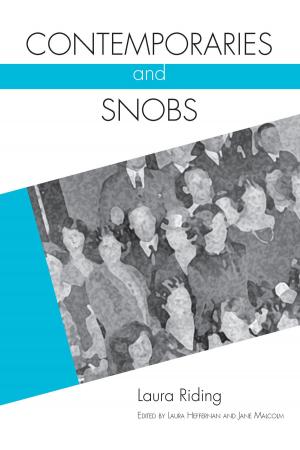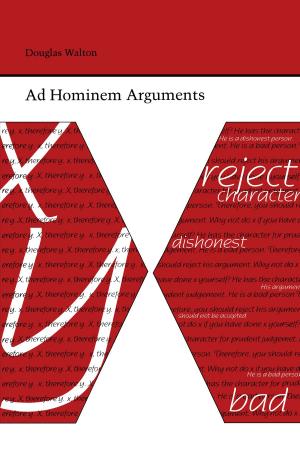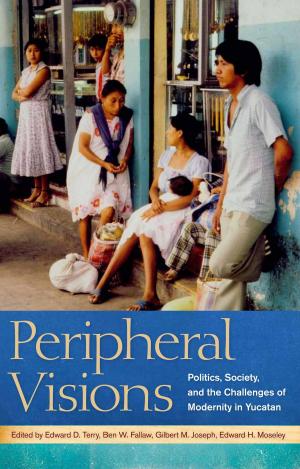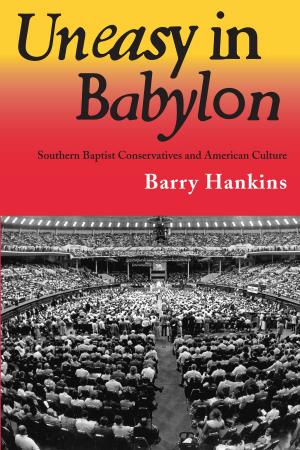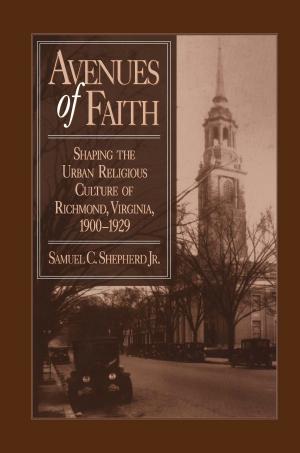Southeastern Ceremonial Complex
Chronology, Content, Contest
Nonfiction, Social & Cultural Studies, Social Science, Archaeology| Author: | David H. Dye, Jon Muller, John F. Scarry, Lynne P. Sullivan, Timothy R. Pauketat, Paul Shawn Marceaux, Julieann Van Nest, Kathryn E. Parker, Jenna M. Hamlin, Laura Kozuch, Lucretia Starr Schryver Kelly, Susan M. Alt | ISBN: | 9780817381363 |
| Publisher: | University of Alabama Press | Publication: | April 29, 2011 |
| Imprint: | University Alabama Press | Language: | English |
| Author: | David H. Dye, Jon Muller, John F. Scarry, Lynne P. Sullivan, Timothy R. Pauketat, Paul Shawn Marceaux, Julieann Van Nest, Kathryn E. Parker, Jenna M. Hamlin, Laura Kozuch, Lucretia Starr Schryver Kelly, Susan M. Alt |
| ISBN: | 9780817381363 |
| Publisher: | University of Alabama Press |
| Publication: | April 29, 2011 |
| Imprint: | University Alabama Press |
| Language: | English |
A timely, comprehensive reevaluation of the Southeastern Ceremonial Complex.
One of the most venerable concepts in Southeastern archaeology is that of the Southern Cult. The idea has its roots in the intensely productive decade (archaeologically) of the 1930s and is fundamentally tied to yet another venerable concept—Mississippian culture. The last comprehensive study of the melding of these two concepts into the term Southeastern Ceremonial Complex (SECC) is more than two decades old, yet our understanding of the objects, themes, and artistic styles associated with the SECC have changed a great deal. New primary data have come to light that bear directly on the complex, requiring a thorough reanalysis of both concepts and dating. Recent publications have ignited many debates about the dating and the nature of the SECC.
This work presents new data and new ideas on the temporal and social contexts, artistic styles, and symbolic themes included in the complex. It also demonstrates that engraved shell gorgets, along with other SECC materials, were
produced before A.D. 1400.
A timely, comprehensive reevaluation of the Southeastern Ceremonial Complex.
One of the most venerable concepts in Southeastern archaeology is that of the Southern Cult. The idea has its roots in the intensely productive decade (archaeologically) of the 1930s and is fundamentally tied to yet another venerable concept—Mississippian culture. The last comprehensive study of the melding of these two concepts into the term Southeastern Ceremonial Complex (SECC) is more than two decades old, yet our understanding of the objects, themes, and artistic styles associated with the SECC have changed a great deal. New primary data have come to light that bear directly on the complex, requiring a thorough reanalysis of both concepts and dating. Recent publications have ignited many debates about the dating and the nature of the SECC.
This work presents new data and new ideas on the temporal and social contexts, artistic styles, and symbolic themes included in the complex. It also demonstrates that engraved shell gorgets, along with other SECC materials, were
produced before A.D. 1400.
